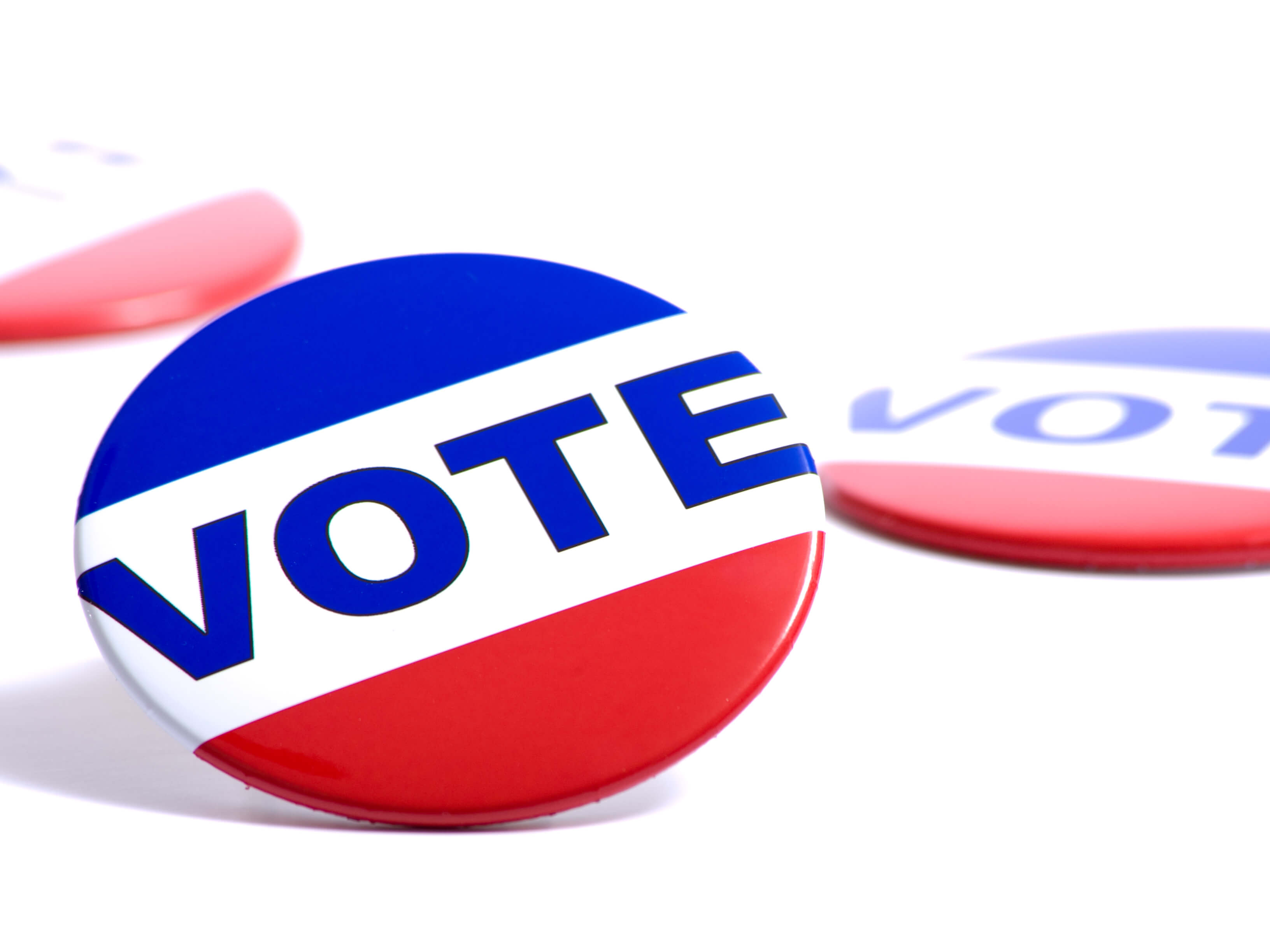With the November elections approaching, controversy is brewing over reliance on mail-in ballots. Sometimes called an “absentee ballot,” a mail-in ballot is an alternative to in-person vote-casting at a polling place. Because of concerns raised by the coronavirus pandemic, mail-in ballots are being promoted as an answer to voters’ fears of close contact at the polls. Absentee balloting is a regular feature of American elections, but an unprecedented number of mail-in ballots would pose challenges to the state election authorities who need additional time to verify and count them all. Whether races are close or not, the process is likely to delay the announcement of winners and losers. One candidate’s apparent lead in the in-person vote count could disappear as the mailed-in ballots are totaled.
In the U.S. electoral system, each state administers its own election laws, in keeping with the federal law and the U.S. Constitution. The “national” presidential election, for instance, is actually 50 state elections combined—as the Electoral College makes evident. Five states already conduct all of their elections by mail. In 2016, more than 33 million Americans cast their ballots by mail. This year, however, the extent of mail-in balloting could be much higher.
Many people will prefer the civic tradition of “going to the polls” on Election Day. Early in-person voting is also an option in most places. Dr. Anthony Fauci, the Trump administration’s top coronavirus expert, says that so long as basic measures like masking and social distancing are observed, in-person voting should be safe for people who are not in high-risk categories. Basically, if you can go to the grocery store, you can vote in person.
Three things to keep in mind: First, the U.S. Postal Service (USPS) is equipped to handle the expected volume of vote-by-mail. The USPS processes about 500 million pieces of mail every day; in the week before Christmas, it handles about 3 billion! Even if the nation’s entire voting-age population cast mail-in ballots, that’s a mere 150 million. Second, studies of outcomes from the past use of vote-by-mail show no particular benefit to either major political party. Third, according to research, mail-in ballots are no more subject to fraud than regular voting. It is the responsibility of each eligible voter to understand the procedures in her or his state. Some states require voters to request a mail-in ballot before a certain date, and in some cases, there are restrictions on who can vote absentee.
Image credits: © Mike Flippo/Shutterstock
Related Links:
- Absentee/Mail-in Voting
Overview of the status of mail-in, or absentee, voting state by state; includes a pair of interactive U.S. maps on (1) procedural changes in response to the coronavirus pandemic and (2) already-existing procedures.
(Source: Ballotpedia; accessed August 24, 2020) - Fauci Says “There’s No Reason” In-Person Voting Shouldn’t Be Safe with Masks and Proper Social Distancing
Dr. Fauci weighs in on the issue of going to the polls in person during a pandemic.
(Business Insider, August 15, 2020) - How States Can Make Voting by Mail Easier and Avoid Election Chaos
Rachel Kleinfeld, who sounded the alarm early about preparing for higher use of mail-in ballots, analyzes questions of fraud, partisanship, and state-by-state differences in voting procedures.
(Carnegie Endowment for Peace, April 17, 2010) - Vote-by-Mail Does Not Advantage Either Party, Study Says
Report on the relatively even impact on political parties of use of vote-by-mail.
(Source: ProCon.org, April 27, 2020) - Pros & Cons of Mail-in Voting
Check out both sides of the issue, based on research by the National Conference of State Legislatures.
(Source: League of Women Voters of Chicago; accessed August 24, 2020)




